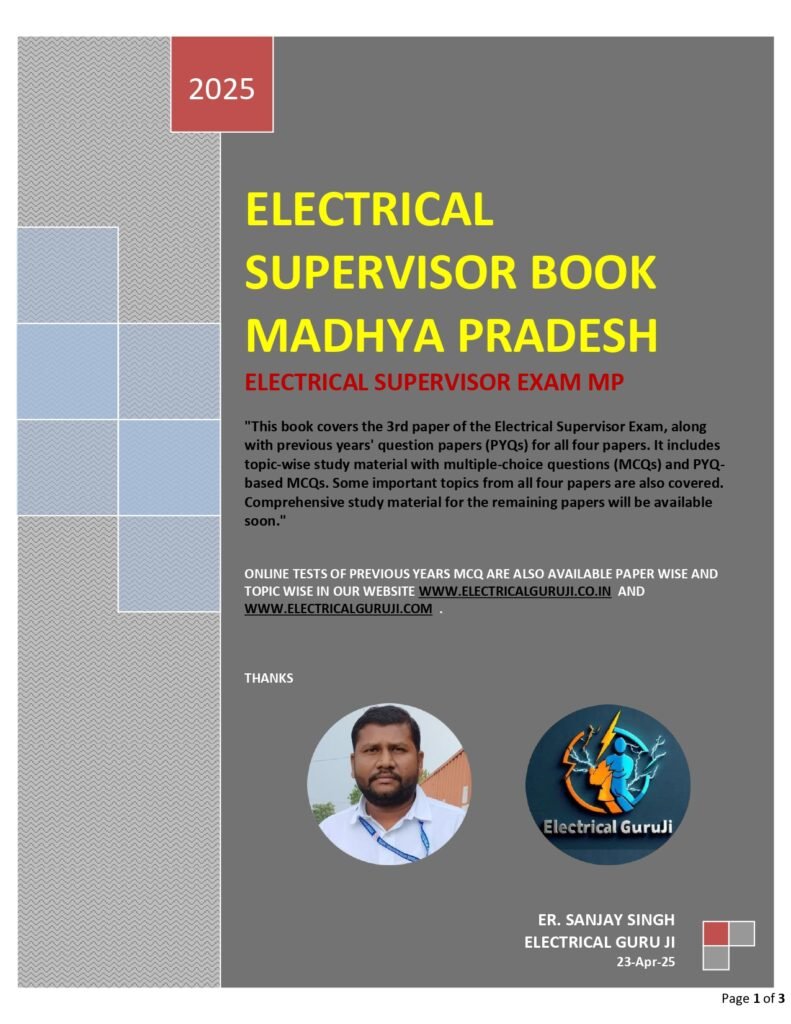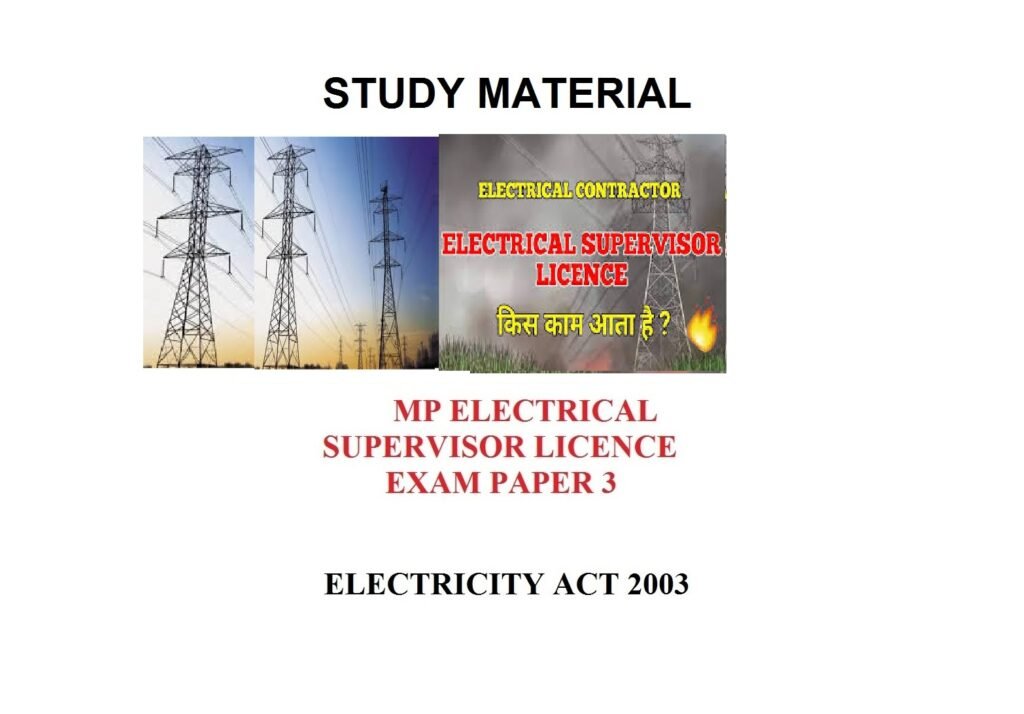Transformer Testing & Applications Quiz
Three-Phase Transformers
1. The common three-phase transformer connections are:
2. A Delta-Star transformer is used for:
3. In a three-phase transformer, a 30° phase shift occurs in:
4. The main advantage of a three-phase transformer over three single-phase units is:
5. Scott connection is used to convert:
Special Transformers & Applications
6. A current transformer (CT) secondary should never be open-circuited because:
7. Potential transformers (PT) are used for:
8. An isolation transformer provides:
9. Pulse transformers are used in:
10. A welding transformer has:
Faults & Protection
11. The most common transformer fault is:
12. Differential protection is used for:
13. Surge arresters protect transformers from:
14. The purpose of a breather in a transformer is to:
15. Overfluxing in a transformer occurs due to:
Summary
The purpose of a conservator tank is to: (Expansion space for oil)
Buchholz relay operates on: (Gas accumulation from faults)
Transformer oil must have: (High dielectric strength)
The kVA rating of a transformer depends on: (Temperature rise limits)
A step-down transformer has: (More primary turns than secondary)
Leakage flux causes: (Voltage drop & regulation issues)
The main advantage of zigzag windings is: (Harmonic suppression)
Neutral grounding is done to: (Limit fault currents)
A CT’s secondary must always be: (Short-circuited if not in use)
The future of transformers includes: (Smart grids & renewable integration)
DEMO BOOK ELECTRICAL SUPERVISOR MP 2025
All FOUR PAPERS ELECTRICAL SUPERVISOR STUDY MATERIAL
ELECTRICAL SUPERVISOR BOOK
MADHYA PRADESH
ELECTRICAL SUPERVISOR EXAM MP
“This book covers the All paper of the Electrical Supervisor Exam, along
with previous years’ question papers (PYQs) for all four papers. It includes
topic-wise study material with multiple-choice questions (MCQs) and PYQ based
MCQs.
ONLINE TESTS OF PREVIOUS YEARS MCQ ARE ALSO AVAILABLE PAPER WISE AND
TOPIC WISE IN OUR WEBSITE WWW.ELECTRICALGURUJI.CO.IN AND
WWW.ELECTRICALGURUJI.COM .
MP ELECTRICAL SUPERVISOR LICENCE EXAM





